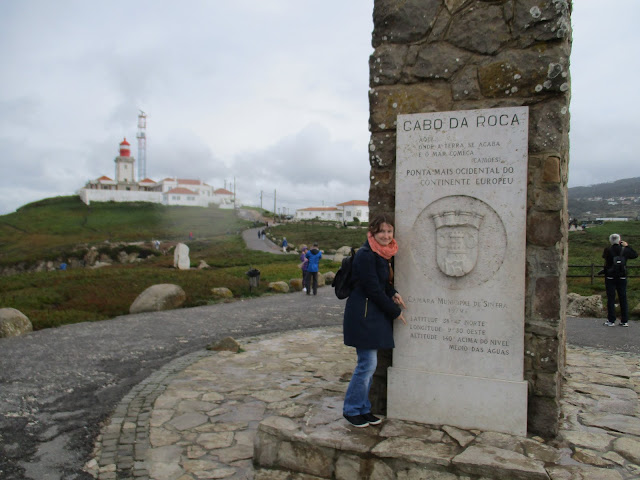Seven years ago I told everyone with confidence that I would never sign up for VKontakte. Moreover, I firmly believed in that. From what I heard from my friends, I had an impression that this is an evil time-waster which I should avoid at any price. In June 2010, I even created a one-thread "forum" and tried to design a chat not only to practice in web-development but to stay in touch with my classmate. However, the chat was laggy, we were not satisfied with the "forum", and finally I gave in to my friend's persuasion and violated my own strong conviction. Six years later I can't imagine what would I do without that "evil time-waster" which makes the communication easier, helps to keep in touch with those who are far from me and contains tons of useful or just interesting stuff. It still remains a time-waster if you don't know when to stop but eventually you learn how to do that and the social network becomes an integral part of your life. At least, that's what I believe now.
I had another prejudice for several years more. This is a translation of an extract from a message to my friend sent (on VKontakte :) ) in October 2013: "I become more and more convinced of my solitude in not only ignoring TV series but incapability of watching them. I tried to do that but became tired of TV series so fast...". And what do you think? The following summer I started watching "Da Vinci's Demons". Later the time had come for "Galavant", "Black Mirror", "The Shannara Chronicles"... Well, I watch TV series only in English. But I don't delude myself with an erroneous faith that I do it for improving my comprehension skills. As for the latter, I do it in many other ways which are far more efficient. As regards watching TV series, I just get pleasure from that. Well, at least I still can't bear the laugh track. But for how long will it last?
Do you have a blog or a personal diary? Or just a notebook into which you put your ideas and thoughts sometimes? Put your views there!
I have no doubt that you will remember your today's beliefs tomorrow. I'm sure that you'll keep the most principal of them in mind ten years later. Then why do I think you need to write them down? Not because you will lose memories of your today's self but because you'll forget to compare your future self with who you are and what you think today. But if you do not forget to do it (your notes will be of help), you will make a profit on that. You can use the comparison not only for self-amusement concerning neutral things (as I did with the examples above) but for detecting and analyzing changes that happen to you, both positive and alarming ones.
I had another prejudice for several years more. This is a translation of an extract from a message to my friend sent (on VKontakte :) ) in October 2013: "I become more and more convinced of my solitude in not only ignoring TV series but incapability of watching them. I tried to do that but became tired of TV series so fast...". And what do you think? The following summer I started watching "Da Vinci's Demons". Later the time had come for "Galavant", "Black Mirror", "The Shannara Chronicles"... Well, I watch TV series only in English. But I don't delude myself with an erroneous faith that I do it for improving my comprehension skills. As for the latter, I do it in many other ways which are far more efficient. As regards watching TV series, I just get pleasure from that. Well, at least I still can't bear the laugh track. But for how long will it last?
Do you have a blog or a personal diary? Or just a notebook into which you put your ideas and thoughts sometimes? Put your views there!
I have no doubt that you will remember your today's beliefs tomorrow. I'm sure that you'll keep the most principal of them in mind ten years later. Then why do I think you need to write them down? Not because you will lose memories of your today's self but because you'll forget to compare your future self with who you are and what you think today. But if you do not forget to do it (your notes will be of help), you will make a profit on that. You can use the comparison not only for self-amusement concerning neutral things (as I did with the examples above) but for detecting and analyzing changes that happen to you, both positive and alarming ones.




















































